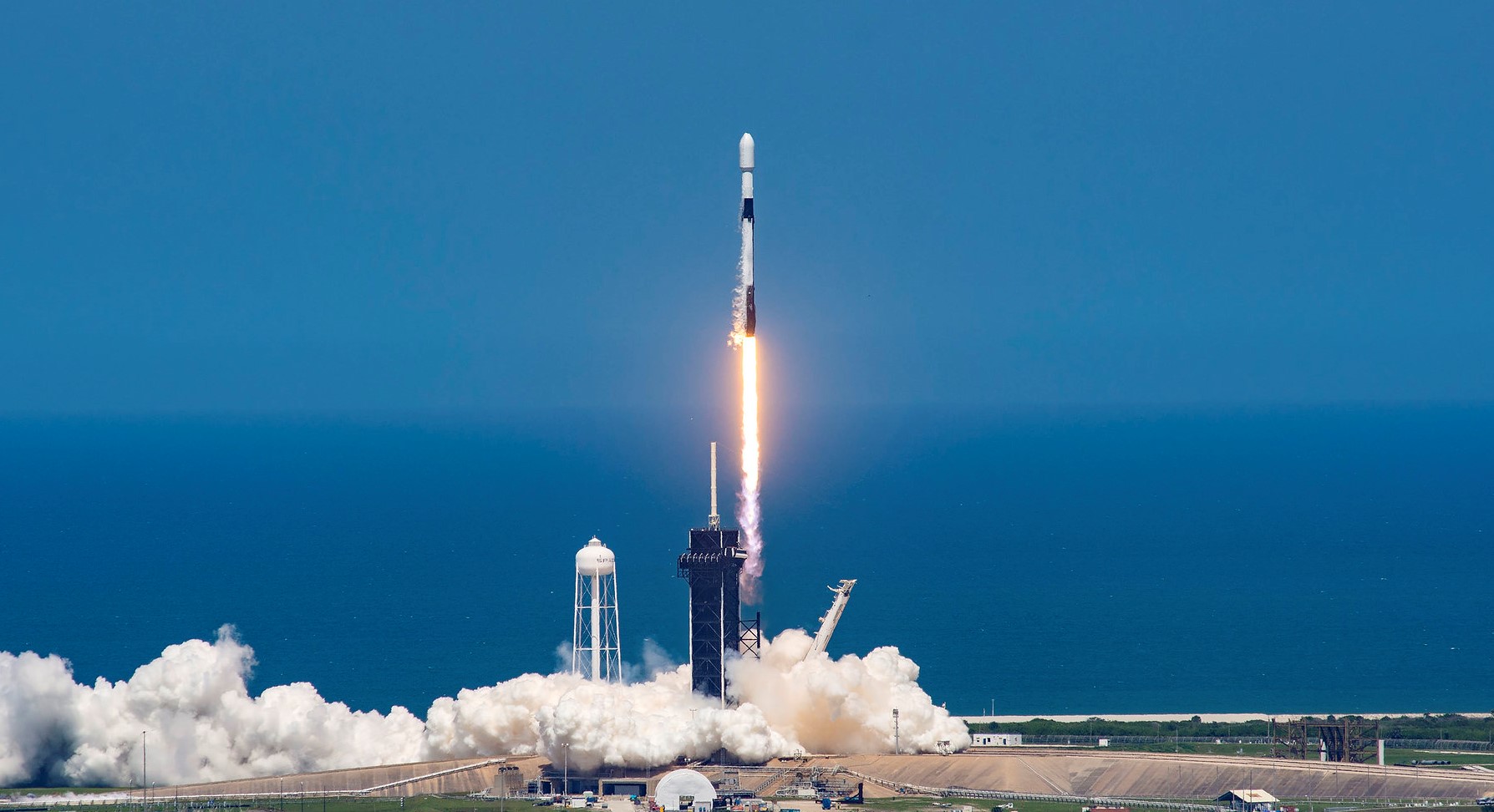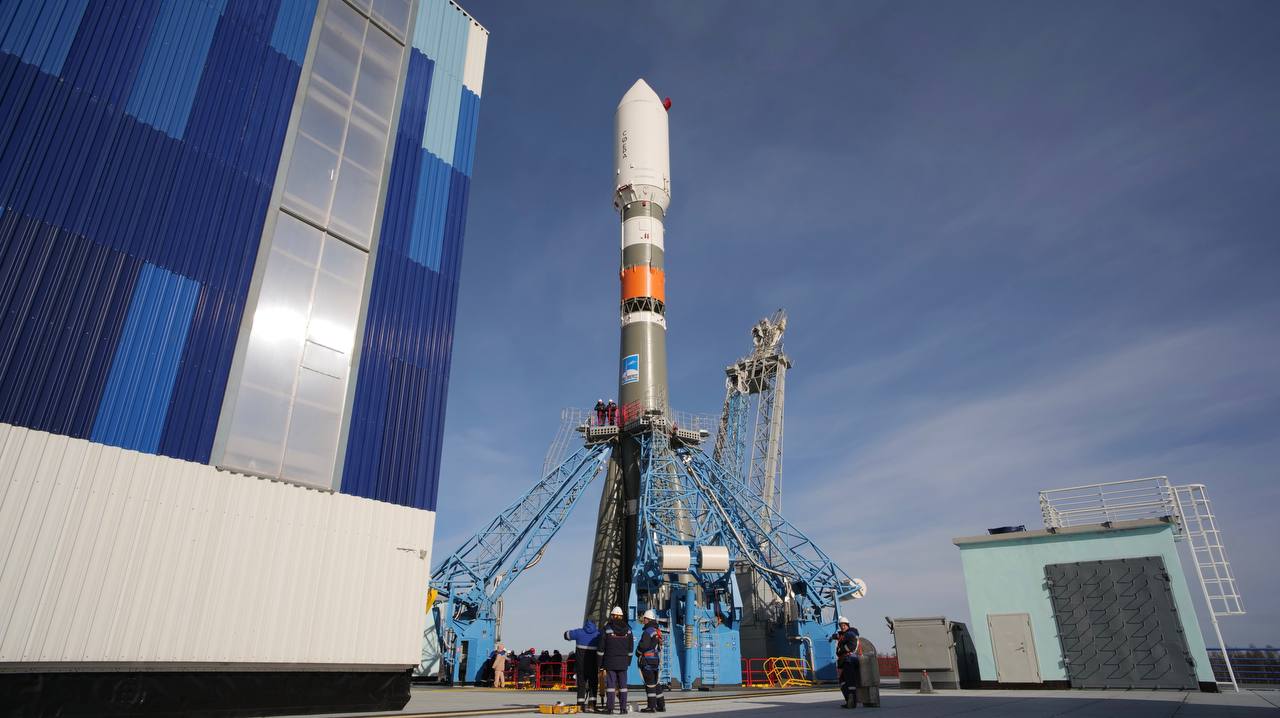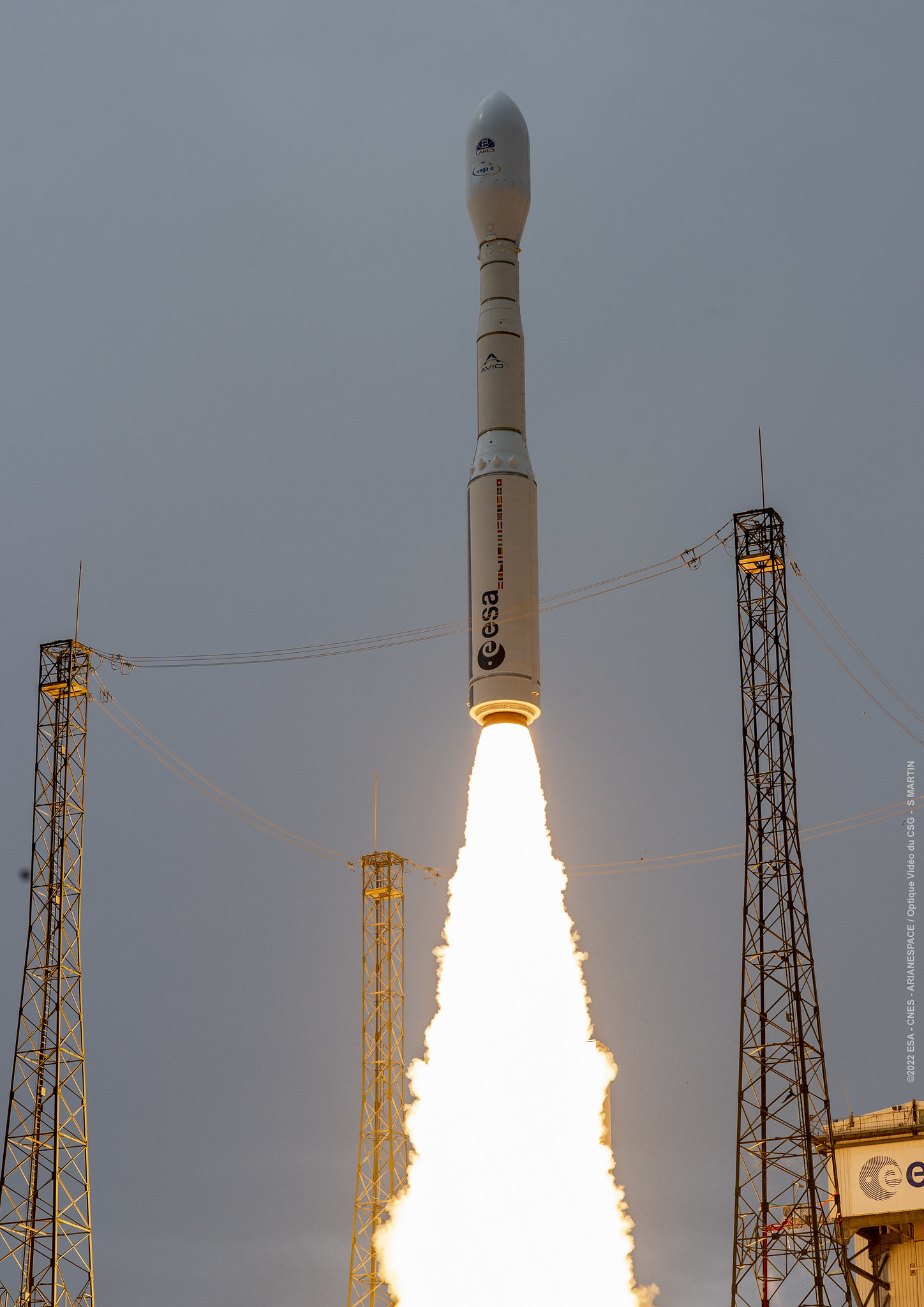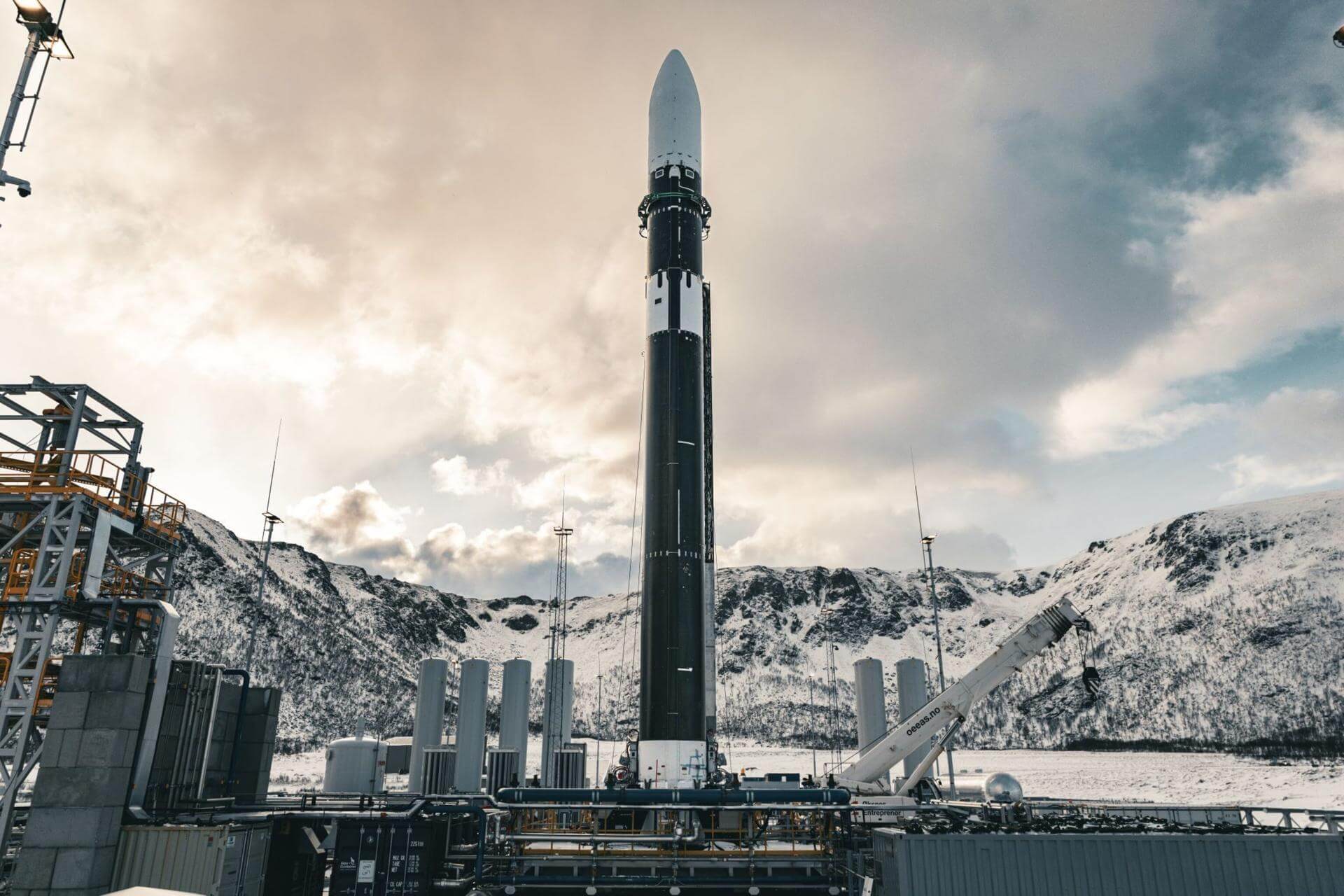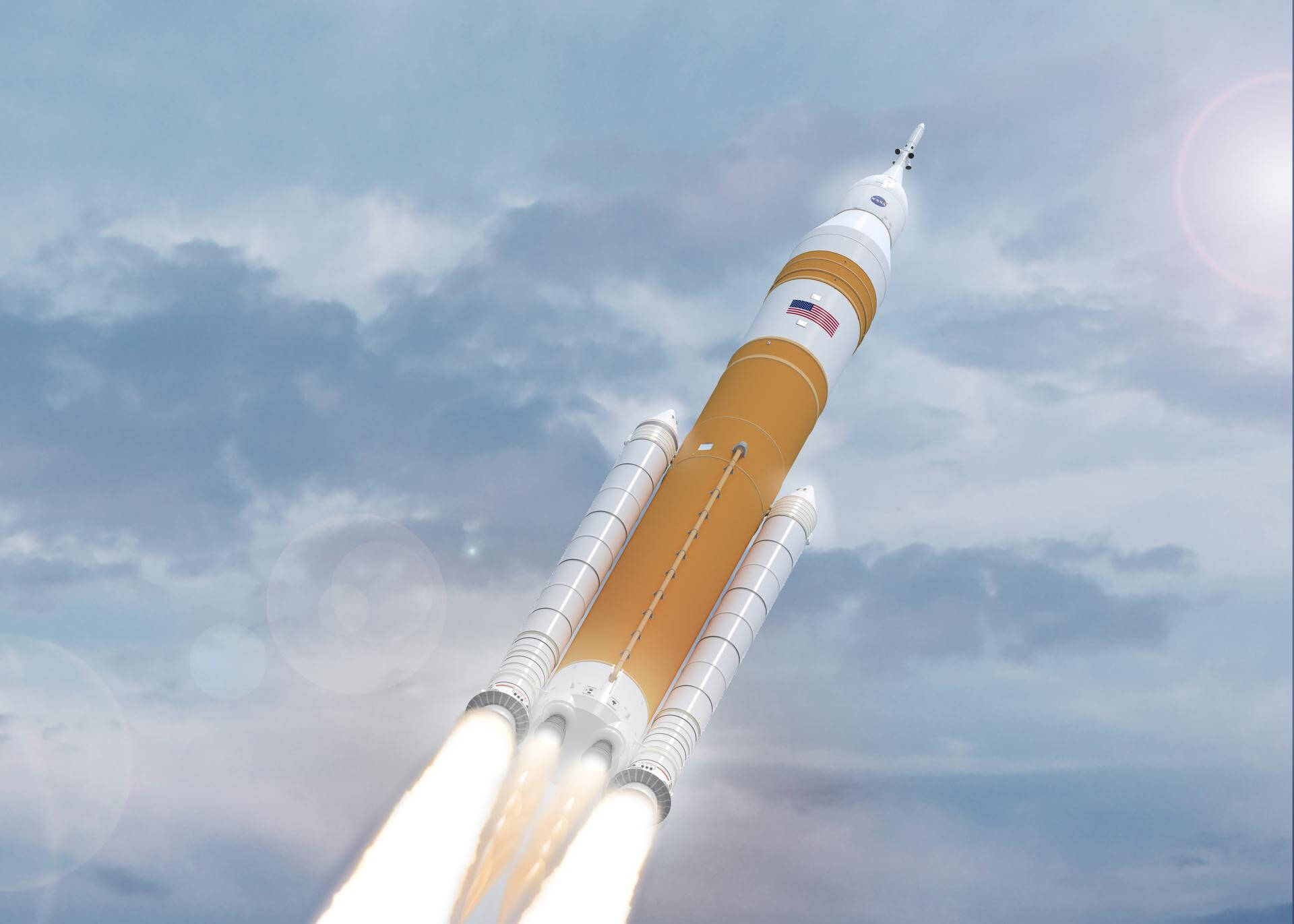Upcoming Spaceflight Launches
Filter by Agency, Locations or Vehicles
Show All LaunchesFalcon 9 Block 5 | Al Yah 5
SpaceX | United States of AmericaCape Canaveral SFS, FL, USA
TBD December, 2028
Soyuz 2.1b/Fregat-M | Luna 27
Progress Rocket Space Center | RussiaVostochny Cosmodrome, Siberia, Russian Federation
TBD December, 2028
Status: To Be Determined
Mission:
Luna 27 (also named Luna-Resurs 1) is a planned lunar lander mission by Roscosmos to send a lander to the South Pole–Aitken basin, an area on the far side of the Moon. The purpose is to prospect for minerals, volatiles (nitrogen, water, carbon dioxide, ammonia, hydrogen, methane and sulfur dioxide, and lunar water ice in permanently shadowed areas of the Moon and investigate the potential use of these natural lunar resources. On the long term, Russia considers building a crewed base on the Moon's far side that would bring scientific and commercial benefits. The lander will feature 15 science instruments that will analyse the regolith, plasma in the exosphere, dust, and seismic activity. The payload will include a sampling drill.
Lunar OrbitFalcon 9 Block 5 | EchoStar 26
SpaceX | United States of AmericaCape Canaveral SFS, FL, USA
TBD December, 2028
Status: To Be Determined
Mission:
EchoStar 26 is a direct broadcast satellite, built on the proven Maxar 1300 series platform, which will deliver content across DISH TV customers across all 50 U.S. states & Puerto Rico. It will be equipped with a high-power, multi-spot beam payload, allowing DISH to provide high-quality content to its customers.
Geostationary Transfer OrbitVega-C | Sentinel-3D
Avio S.p.A | ItalyGuiana Space Centre, French Guiana
TBD December, 2028
Spectrum | AOS-Demo & Precursor
Isar Aerospace | GermanyAndøya Spaceport
TBD December, 2028
Status: To Be Determined
Mission:
Two satellites for the Norwegian Space Agency’s Arctic Ocean Surveillance (AOS) program. AOS-Demo will be built by thr Norwegian engineering company Eidel to demonstrate maritime monitoring technologies. AOS-Precursor will be built by Kongsberg Defence & Aerospace as the first operational satellite of the system to track maritime activities in the Arctic.
Sun-Synchronous OrbitVega-C Block 2 | Space Rider
Avio S.p.A | ItalyGuiana Space Centre, French Guiana
TBD December, 2028
Falcon 9 Block 5 | JSAT-31
SpaceX | United States of AmericaCape Canaveral SFS, FL, USA
TBD December, 2028
Status: To Be Determined
Mission:
JSAT-31 is a geostationary communication satellite for SKY Perfect JSAT. Operating both in Ka and Ku frequency bands, the JSAT-31 High Throughput Satellite will offer high speed broadband services over Japan, South-East Asia, Australia, New Zealand and Pacific islands. JSAT-31 will have the largest capacity in the history of SKY Perfect JSAT satellites. It will rely on Space INSPIRE, a highly flexible and fully software-defined solution that offers instant in-orbit adjustment to broadband connectivity demand, while maximizing the effective use of the satellite resources. SKY Perfect JSAT will leverage the satellite’s extreme flexibility to offer enhanced communications services all along JSAT-31’s lifespan in orbit.
Geostationary Transfer OrbitFalcon 9 Block 5 | SEOPS Rideshare Mission
SpaceX | United States of AmericaCape Canaveral SFS, FL, USA
TBD December, 2028
Falcon 9 Block 5 | KPS-1
SpaceX | United States of AmericaCape Canaveral SFS, FL, USA
TBD September, 2029
Status: To Be Determined
Mission:
KPS-1 is South Korea's first navigation satellite, the 1st of 8 satellites planned for the Korean Positioning System (KPS). This will be one of 5 satellites to be deployed into an Inclined Geosynchronous Orbit (IGSO), with the other 3 in geostationary orbits. The KPS is scheduled to be completed by 2035.
Geosynchronous Transfer OrbitSLS Block 1B | Artemis V
National Aeronautics and Space Administration | United States of AmericaKennedy Space Center, FL, USA
TBD September, 2029
Long March 12A
Demo Flight
Long March 12A Pad - Jiuquan Satellite Launch Center, People's Republic of ChinaFirst test launch of CASC/SAST’s Long March 12A rocket, with a dummy payload. The rocket’s 1st stage attempted to land on a landing pad about 300 km …
HANBIT-Nano
Spaceward
HANBIT Pad - Alcântara Space Center, Federative Republic of BrazilMaiden orbital launch attempt for the South Korean start-up Innospace and its HANBIT-Nano small launch vehicle. Onboard this flight are five small sa…
H3-22
Michibiki 5 (QZS-5)
Yoshinobu Launch Complex LP-2 - Tanegashima Space Center, JapanQZSS (Quasi Zenith Satellite System) is a Japanese satellite navigation system operating from inclined, elliptical geosynchronous orbits to achieve o…
Electron
The Wisdom God Guides (iQPS Launch 6)
Rocket Lab Launch Complex 1B - Rocket Lab Launch Complex 1, Mahia Peninsula, New ZealandSynthetic aperture radar Earth observation satellite for Japanese Earth imaging company iQPS.
New Shepard
NS-37
West Texas Suborbital Launch Site/ Corn Ranch - Corn Ranch, Van Horn, TX, USANS-37 is the 16th crewed flight for the New Shepard program and the 37th in the New Shepard program's history.
Long March 5
TJSW-23
101 - Wenchang Space Launch Site, People's Republic of ChinaChinese classified satellite claimed to be for communication technology test purposes. Actual mission not known.
Electron
Don't Be Such A Square (STP-S30)
Rocket Lab Launch Complex 2 (Launch Area 0 C) - Wallops Flight Facility, Virginia, USASTP-S30 is a complex mission that will deliver research experiments and technology demonstrations to orbit for the DoD and contribute to future space…
Falcon 9
Starlink Group 15-13
Space Launch Complex 4E - Vandenberg SFB, CA, USAA batch of 27 satellites for the Starlink mega-constellation - SpaceX's project for space-based Internet communication system.
Falcon 9
Starlink Group 6-99
Launch Complex 39A - Kennedy Space Center, FL, USAA batch of 29 satellites for the Starlink mega-constellation - SpaceX's project for space-based Internet communication system.
Ariane 62
Galileo L14 (FOC FM33 & FM34)
Ariane Launch Area 4 - Guiana Space Centre, French GuianaPayload consists of two satellites for Europe's Galileo navigation system.
